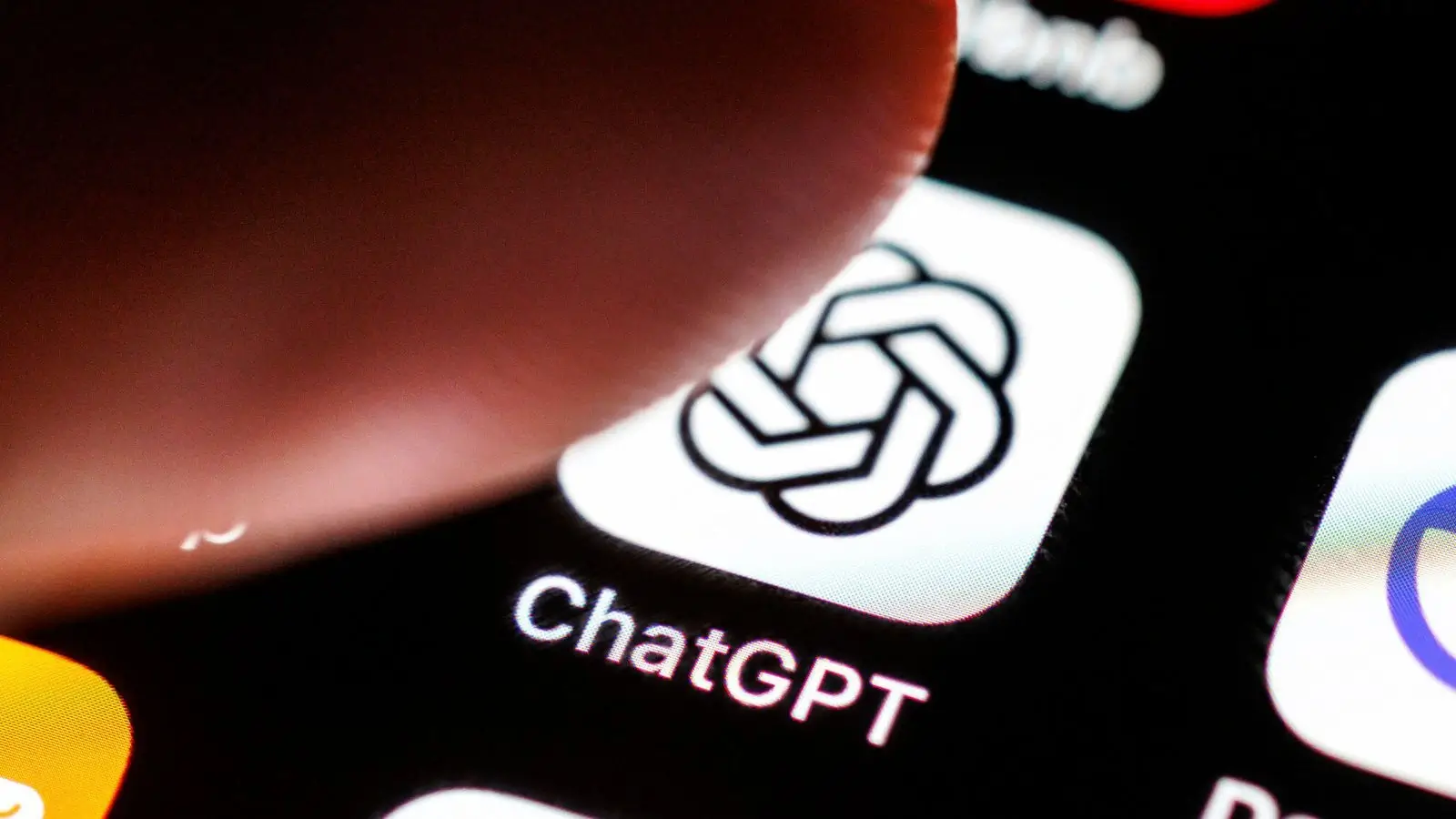


In the ever-evolving world of dermatology, advanced skin rejuvenation techniques are highly sought after by individuals looking to restore a youthful appearance and address various skin concerns. Among the myriad of available cosmetic procedures, CO2 laser technology has emerged as a remarkable solution for achieving a revitalised complexion. This article delves into the intricacies of CO2 laser treatments and their efficacy in skin rejuvenation.
The CO2 laser is a formidable tool in the realm of aesthetic medicine. Employing a specific wavelength of light energy, which is readily absorbed by water in human skin, the CO2 laser meticulously causes controlled damage to the epidermal and dermal layers of the skin. This process, also known as laser resurfacing, stimulates the body's natural healing mechanism, promoting the development of new, healthy skin cells and collagen production.
Laser resurfacing via CO2 laser employs a fractional method that creates microthermal zones across the treatment area. These zones are tiny, controlled columns of heat that induce a natural healing process while leaving surrounding tissues intact. This selective approach ensures that healing occurs rapidly and minimises the recovery time compared to older, fully ablative laser technologies.
The benefits of CO2 laser skin rejuvenation are manifold. Patients can expect a noticeable improvement in the appearance of fine lines, wrinkles, scars, and hyperpigmentation. Furthermore, the treatment tightens the skin and enhances its texture and tone. One of the most significant advantages of this method is its precision, which allows for targeting specific skin issues without affecting the surrounding skin.
CO2 laser treatment is highly adaptable and can be customised to suit various skin types and concerns. However, it is crucial to seek professional advice to ascertain one's suitability for the procedure. Factors like skin type, colour, and the presence of certain skin conditions can influence the treatment's effectiveness and risk profile.
Prior to undergoing a CO2 laser procedure, individuals must engage in a thorough consultation with a licenced dermatologist or skin specialist. During this stage, potential patients are informed about the treatment's process, risks, benefits, and the pre-procedure protocols that may include skincare regimens or lifestyle changes to enhance treatment efficacy and reduce potential complications.
A CO2 laser skin rejuvenation session typically involves applying a topical anaesthetic to minimise discomfort. The practitioner then guides the laser device over the target area, emitting short pulses of light that penetrate the skin layers. The entire process may take anywhere from a few minutes to an hour, depending on the size and condition of the area being treated.
After the procedure, patients will experience redness, swelling, and a sensation akin to sunburn. The recovery period can vary, but generally, patients can return to their normal activities within about two weeks. Clinicians provide detailed aftercare instructions, which often include keeping the skin moisturised, avoiding sun exposure, and using gentle skincare products.
Following the initial healing phase, results begin to manifest as the skin continues to improve over the subsequent weeks and months. The longevity of the results is influenced by several factors, including the patient's skin type, the condition treated, and adherence to post-treatment care recommendations. Subsequent maintenance treatments may be advised to sustain the rejuvenating effects of the CO2 laser therapy.
As with any medical treatment, CO2 laser skin rejuvenation carries certain risks, such as potential infection, changes in skin pigmentation, and scarring. To mitigate these risks, the selection of a reputable clinic and an experienced specialist is vital. It is also essential to disclose any pre-existing health conditions or medications that could affect the treatment's safety and outcomes.
The advent and refinement of CO2 laser technology have revolutionised skin rejuvenation, providing a potent means of enhancing skin health and appearance. This sophisticated treatment is backed by science and has been proven effective in combating the visible signs of ageing and skin damage.
To embark on a journey of skin transformation via CO2 laser therapy, individuals are encouraged to consult with trusted skin clinics with expertise in this state-of-the-art technology. Professionals at such clinics can tailor a treatment plan to meet clients' unique needs and expectations, ensuring that the path to a radiant complexion is both safe and successful.
In summary, the CO2 laser represents a remarkable leap forward in dermatological care, offering patients a reliable option for skin rejuvenation. By understanding the process, benefits, and considerations of CO2 laser treatments, individuals can make informed decisions about their skincare and welcome the vitality and confidence that come with a rejuvenated appearance.